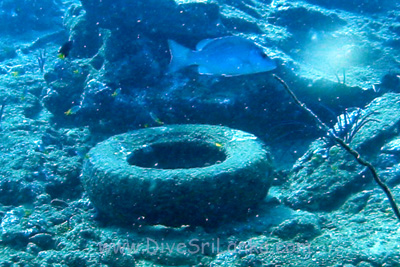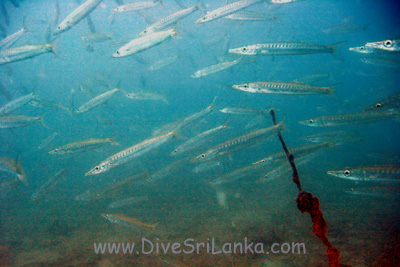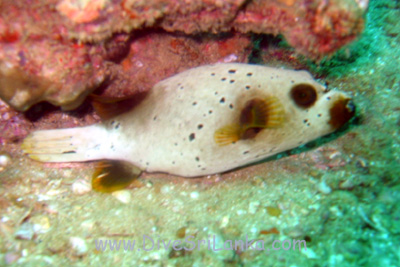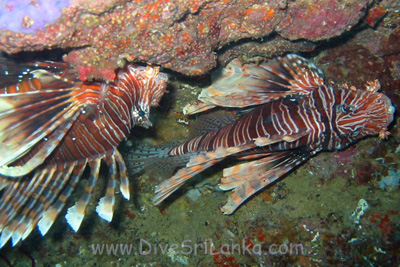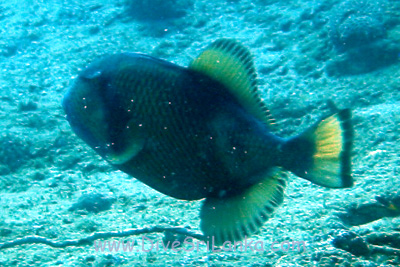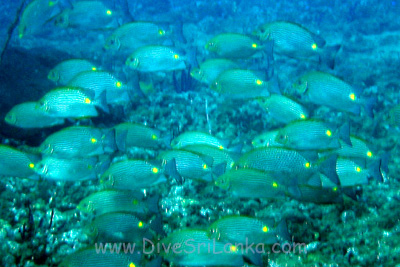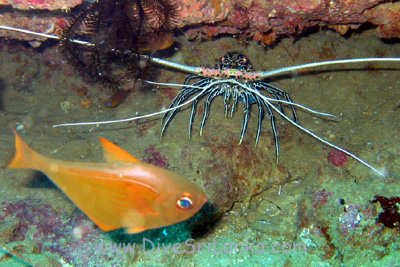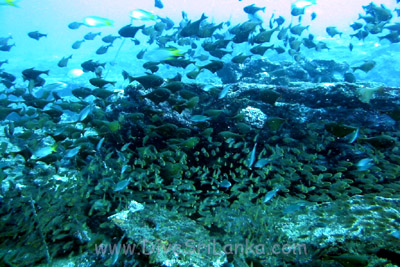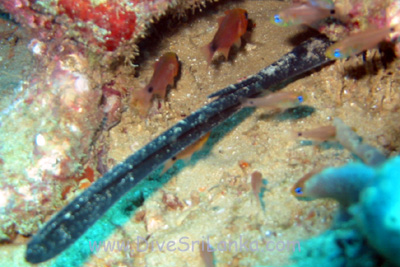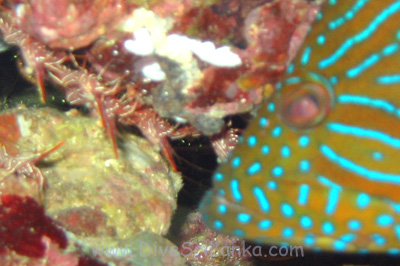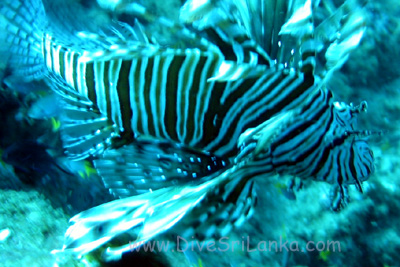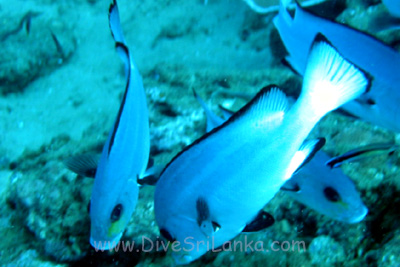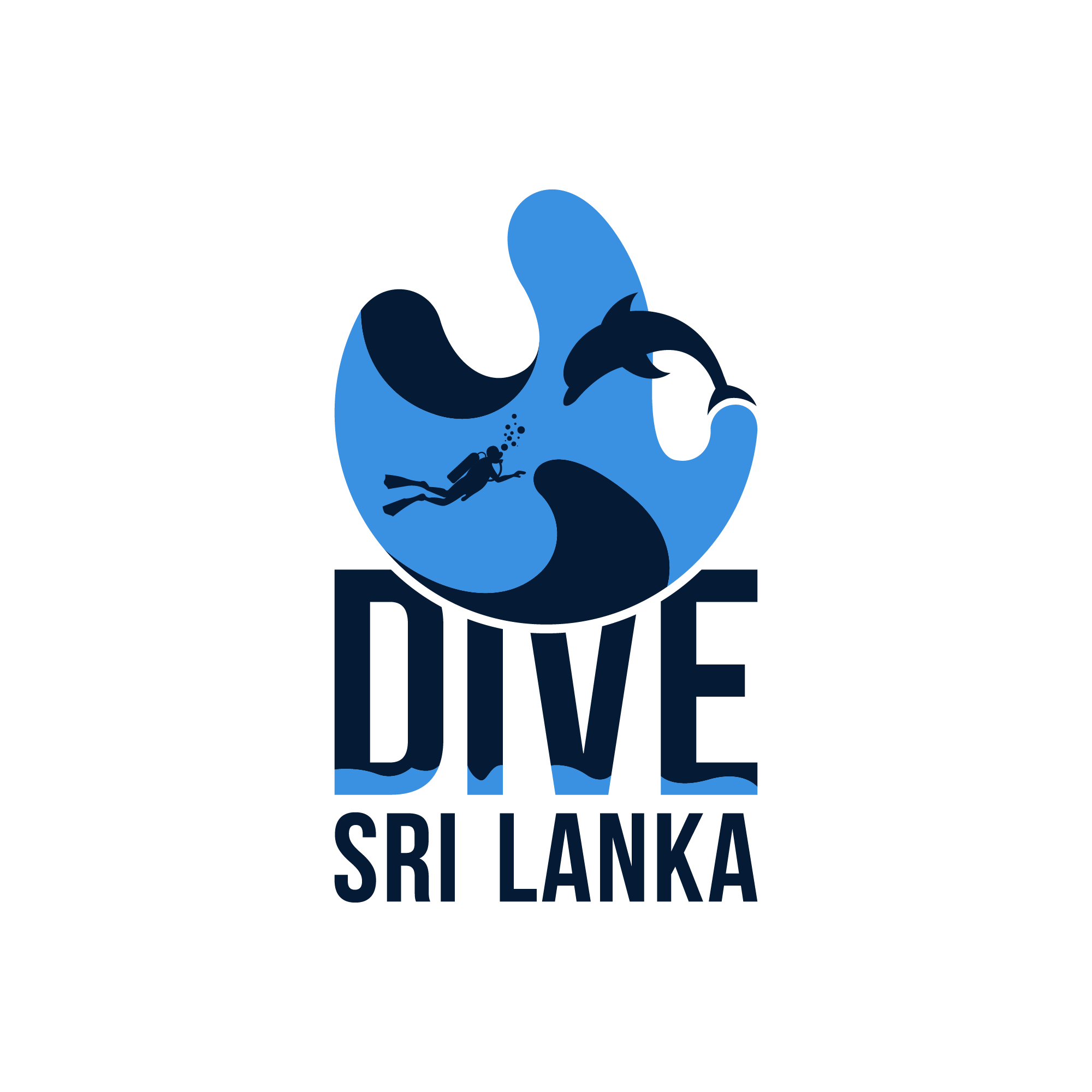

Welcome to the Northwest Route 66. Sri Lanka's only decent highway! Sadly, we must acknowledge that these fish can swim better than we Sri Lankans can drive! The marine highway known as Route 66 travels northwest. Due to heavy traffic, it is advised to obey the speed limit. Negombo is so closer to the airport. So it is effortless to travel Route 66.
The picturesque seaside town called Negombo can be found on Sri Lanka's western coast. It is a sizable city that is about forty kilometers from Colombo, the nation's capital. The vibrant fish markets, stunning beaches, and exciting nightlife of Negombo are well known among locals as well as tourists. A range of water sports, including surfing, jet skiing, snorkelling, and scuba diving, can also be practised there.
Twelve significant dive sites can be found in Negombo, and all but two are appropriate for beginners.
Adams Peak has diverse water biodiversity but a limited coral reef system. And this dive site has diverse water biodiversity but a small coral reef system. It offers fantastic opportunities for underwater photography because it is home to Lion Fish, Bullseye, GlassFish, Cardinal Fish, and Snappers.
The Oceanic Highway, commonly known as Route 66, is a north-leaning underwater coral-lined highway. Another excellent diving location is Lobster Reef, after the abundant animals there. Muttiyan Gala and Hanova are the other two dive sites appropriate for beginners; one can also attempt diving at night. Diyamba Gala and Derana Gala are both better suitable for experienced divers.
Porcupinefish and Boxfish are closely related. Other species, including the Jeweled Spotted Puffer, are regularly seen. Picasso Trigger, Titan Trigger, and Clown Trigger (Balistoides conspicillum) are the three most significant and violent Triggers. Right: Striped Triggerfish, a fish with blue or red teeth that looks black. Almost all Triggers are combative when they are nesting. An upright dorsal fin is unmistakably aggressive.
The Titan Trigger is something you should keep an eye out for! If you get bitten or hit, it hurts!
A distinctive feature of the Route E66 diving location is the Bulls Eyes (Pempheris vanicolensis) and their cousins, the Glassfish/Yellow Sweeper (Parapricanthus Sansonetti). The latter are typically observed in their millions in deep caves or shipwrecks.
The largest and most ferocious Triggers include the Clown Trigger (Balistoides conspicillum), Picasso Trigger (Rhinecanthus aculeatus), and Titan Trigger (Balistoides viridescens). Right Striped Triggerfish, a species of the Blue or Red Tooth Triggerfish (Odonus niger), which is black in hue.
Almost all Triggers are combative when they are nesting. An upright dorsal fin is unmistakably aggressive. You'd carefully be on the lookout for the Titan Trigger! It hurts if you get bit or hit!
Two adorable varieties can be found along Route 66: the Gray Sweetlips (Diagramma SP) and the Oriental Sweet Lips. Sweet Lips can be identified by their incredibly thick lips.
Welcome to the Northwest Route 66. Sri Lanka's only decent highway! Sadly, we must acknowledge that these fish can swim better than we Sri Lankans can drive! The marine highway known as Route 66 travels northwest. Due to heavy traffic, it is advised to obey the speed limit. Negombo is so closer to the airport. So it is effortless to travel Route 66.
The picturesque seaside town called Negombo can be found on Sri Lanka's western coast. It is a sizable city that is about forty kilometers from Colombo, the nation's capital. The vibrant fish markets, stunning beaches, and exciting nightlife of Negombo are well known among locals as well as tourists. A range of water sports, including surfing, jet skiing, snorkelling, and scuba diving, can also be practised there.
Twelve significant dive sites can be found in Negombo, and all but two are appropriate for beginners.
Adams Peak has diverse water biodiversity but a limited coral reef system. And this dive site has diverse water biodiversity but a small coral reef system. It offers fantastic opportunities for underwater photography because it is home to Lion Fish, Bullseye, GlassFish, Cardinal Fish, and Snappers.
The Oceanic Highway, commonly known as Route 66, is a north-leaning underwater coral-lined highway. Another excellent diving location is Lobster Reef, after the abundant animals there. Muttiyan Gala and Hanova are the other two dive sites appropriate for beginners; one can also attempt diving at night. Diyamba Gala and Derana Gala are both better suitable for experienced divers.
Porcupinefish and Boxfish are closely related. Other species, including the Jeweled Spotted Puffer, are regularly seen. Picasso Trigger, Titan Trigger, and Clown Trigger (Balistoides conspicillum) are the three most significant and violent Triggers. Right: Striped Triggerfish, a fish with blue or red teeth that looks black. Almost all Triggers are combative when they are nesting. An upright dorsal fin is unmistakably aggressive.
The Titan Trigger is something you should keep an eye out for! If you get bitten or hit, it hurts!
A distinctive feature of the Route E66 diving location is the Bulls Eyes (Pempheris vanicolensis) and their cousins, the Glassfish/Yellow Sweeper (Parapricanthus Sansonetti). The latter are typically observed in their millions in deep caves or shipwrecks.
The largest and most ferocious Triggers include the Clown Trigger (Balistoides conspicillum), Picasso Trigger (Rhinecanthus aculeatus), and Titan Trigger (Balistoides viridescens). Right Striped Triggerfish, a species of the Blue or Red Tooth Triggerfish (Odonus niger), which is black in hue.
Almost all Triggers are combative when they are nesting. An upright dorsal fin is unmistakably aggressive. You'd carefully be on the lookout for the Titan Trigger! It hurts if you get bit or hit!
Two adorable varieties can be found along Route 66: the Gray Sweetlips (Diagramma SP) and the Oriental Sweet Lips. Sweet Lips can be identified by their incredibly thick lips.
Here are some fantastic things you can see when you visit Route 66 diving location.
We have always questioned why this location is known as Route 66. The meter-high coral-covered ridge, rich with lobster and lionfish hiding places, resembles a road that winds from the north to the south. The several tires drivers in the nearby lanes had left behind may have sealed the deal.
Swimming at Route 66 is possible! While underwater at Route 66, don't be surprised if you are suddenly surrounded by a large school of Pick Handle Baras, which overtook us on the highway, and the waters turn silver. What an exciting adventure!
